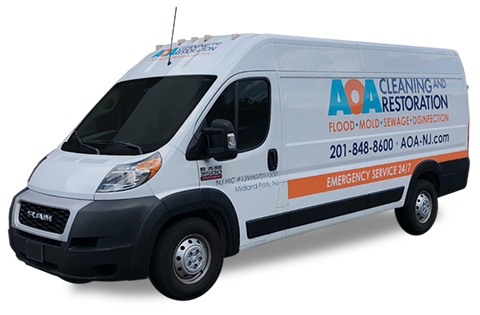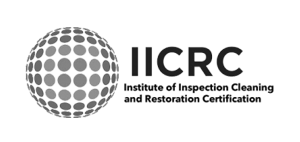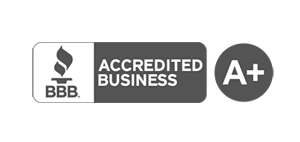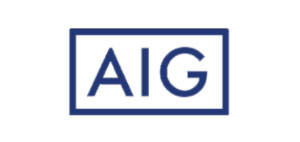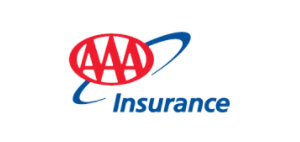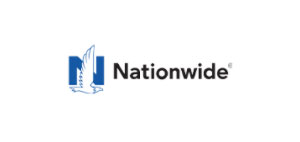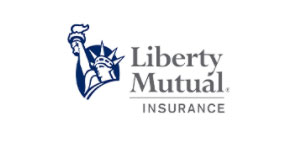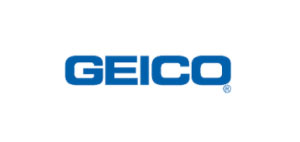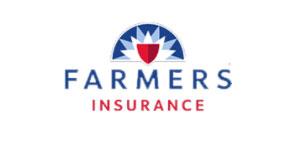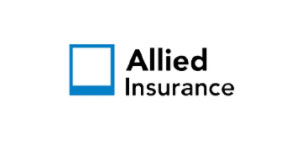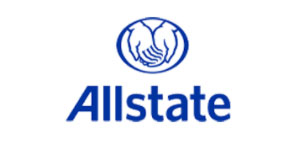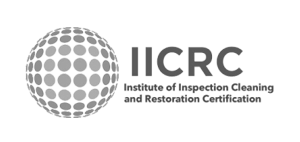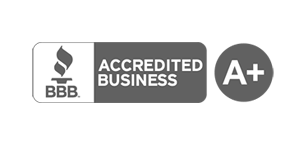Did you know sewer backups happen to about 1 in 50 homes every year? With sewer lines in the U.S. averaging 30 years old, the risk of a backup grows. Knowing what to do right away can help prevent damage and health risks.
A sewer backup means sewage flows back into your home’s pipes. This can damage your property and pose health risks. It’s important to act fast. First, stop using water to stop more sewage from coming in. Then, turn off electricity in areas where water might reach.
Waiting too long can make things worse. It might lead to more costly repairs and bigger problems.
Key Takeaways
- Sewer backups affect 1 in 50 homes annually.
- The average age of American sewer lines is 30 years, increasing the risk of backups.
- Immediate actions, such as stopping water use and turning off electricity, can mitigate damage.
- Main sewer line backups constitute 70% of all incidents.
- Timely response can limit the risk of mold growth and other health hazards.
Signs and Causes of Sewer Backups
Knowing the signs of a sewer backup is key for homeowners. It helps them act fast and avoid big damage. Look out for bad smells from drains, toilets that gurgle, and water in sinks or tubs when others are in use.
There are several common causes of sewer backups. These include:
- Blockages: Items like baby wipes, paper towels, and sanitary products can easily block pipes as they do not break down in water.
- Tree Roots: Tree roots can damage sewer lines, a big problem for older homes with clay piping.
- Grease: Grease can harden in the system, creating significant clogs that impede wastewater flow.
- Aging Infrastructure: Homes with clay or cast iron pipes, built before the 1970s, are more prone to degradation and cracks.
- Heavy Rainfall: Public sewer systems often become overwhelmed during heavy rainstorms or floods, causing wastewater to back up into homes.
- Municipal Failures: Blockages or failures in the municipal sewer system, often caused by overflows or damage to public sewer lines, can lead to residential backups.
Sewage backups are a serious health risk. They can lead to diseases like hepatitis, gastroenteritis, and E. coli. The damage to your home can be huge, affecting floors, walls, furniture, and belongings. Standing water also leads to mold and mildew, making things worse.
To avoid these problems, regular inspections and professional checks of your sewer lines are a good idea. Make sure to dispose of grease properly and don’t flush non-biodegradable items. You might also want to think about getting backwater prevention valves.
Regarding sewer backup insurance coverage, most homeowners policies don’t cover it unless you add extra coverage. Getting this extra coverage is a smart move to avoid the high costs of sewer repairs and health issues. Only about 10% of homeowners have this coverage, even though it’s very useful in case of a sewer backup.
Immediate Actions to Take During a Sewer Backup
When a sewer backup happens, quick action is key to reduce damage and health risks. First, stop using all plumbing fixtures to stop more sewage from coming in. Turn off faucets, toilets, and water-using appliances.
It’s also important to turn off electricity in the affected areas. Water and electricity together are very dangerous. Keeping everyone safe should be your top priority before fixing the problem.
Wearing protective gear is a must for anyone near the affected areas. Gloves, boots, and masks help protect against harmful sewage contaminants.
Call professional sewer backup repair services right away. They have the skills and tools to handle the situation. Many U.S. cities have old sewer systems, over 100 years old, made from materials like cast iron and clay.
- Tree roots and bad rainwater drainage can raise the risk of backups.
- Getting professional inspections every two years can help avoid blockages.
- Backwater valves can stop backups from downstream problems but not blockages inside your home.
For more on how to deal with these issues, check out a sewer backup cleanup guide. It’s important to document damage for insurance claims. Most homeowners’ insurance doesn’t cover sewer backups without an extra add-on.
Regular sewer backup responses and inspections help prevent immediate and long-term problems. Always have the contact info of professional sewer backup repair services ready for emergencies.
Conclusion
Dealing with sewer backups requires knowing the signs and taking quick action. Signs include slow drains, gurgling sounds, and bad smells. Spotting these early helps prevent bigger problems.
When a backup happens, stop using water and call a plumber right away. This step is key to avoid more damage and health risks. To prevent backups, keep your pipes clean and check them often. These steps help a lot in avoiding future issues.
Knowing about sewer backup insurance can also help. It covers the costs of cleaning up and fixing backups. Regular maintenance and following maintenance schedules can keep your sewer system working well. This way, you’re ready for anything that might come up.
